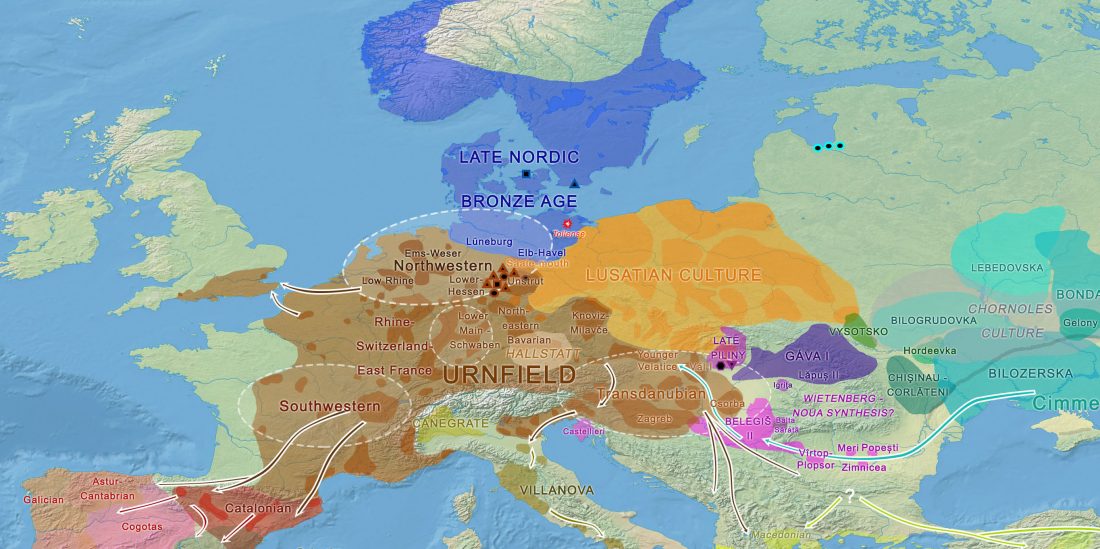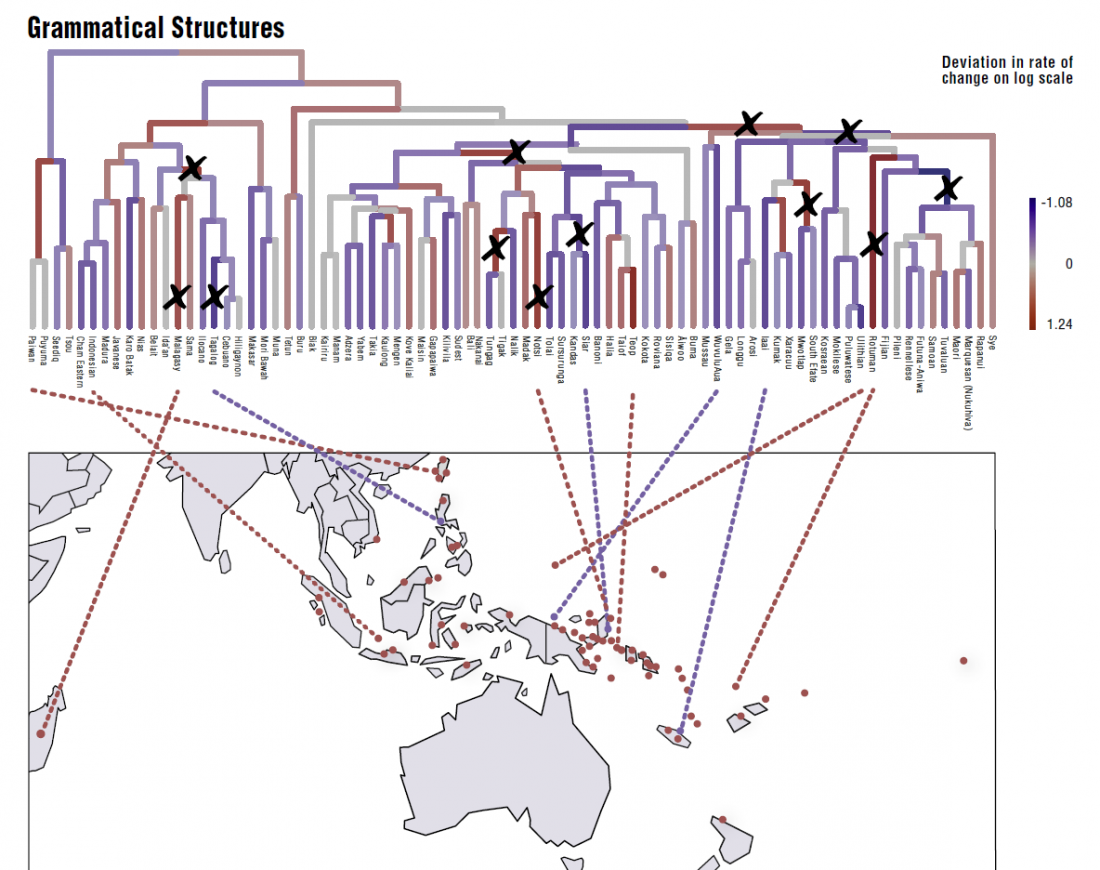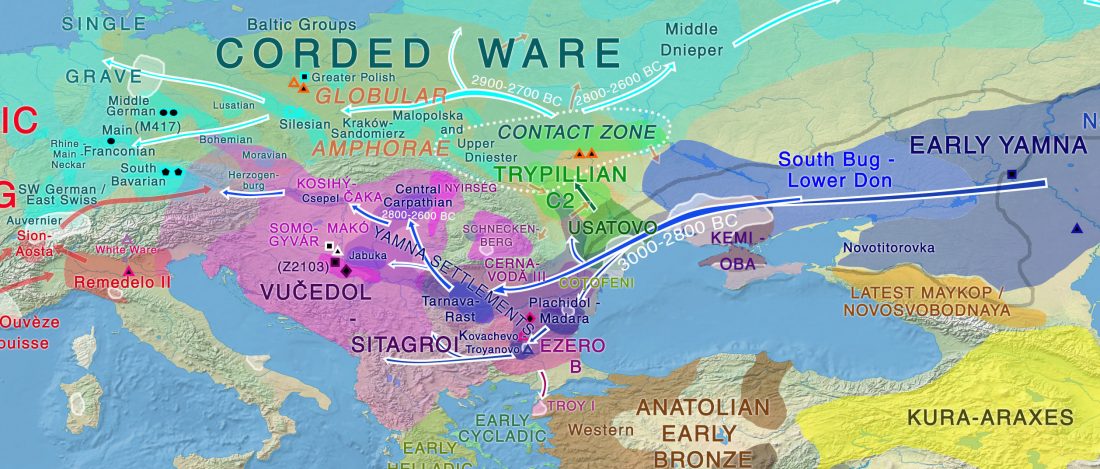Expansion of peoples associated with spread of haplogroups: Mongols and C3*-F3918, Arabs and E-M183 (M81)
The expansion of peoples is known to be associated with the spread of a certain admixture component, joint with the expansion and reduction in variability of a haplogroup. In other words, few male lineages are usually more successful during the expansion.
Known examples include:
- Neolithic farmers from the Middle East expanding with haplogroup G2a;
- Natufian component (Levant hunter-gatherers or later, Neolithic farmers) and haplogroup E southward into Africa;
- CHG component expansion with haplogroup J;
- WHG expansion into east Europe in the Palaeolithic and Mesolithic with haplogroup R1b;
- The expansion of “steppe component” with the Corded Ware culture and
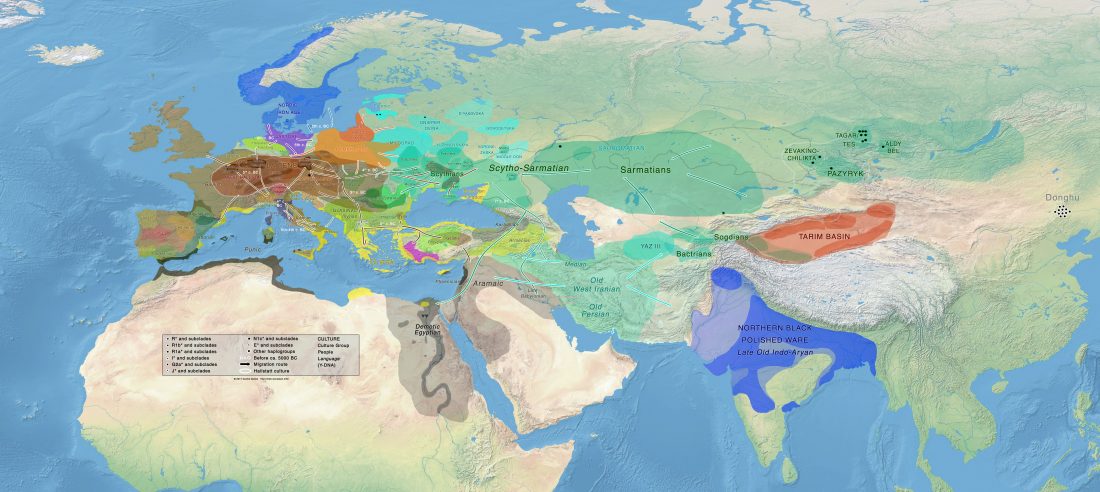
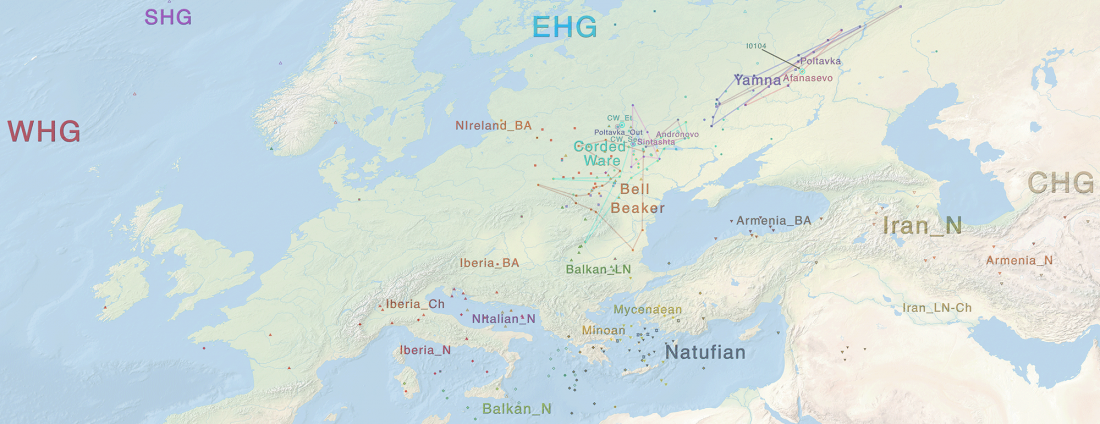
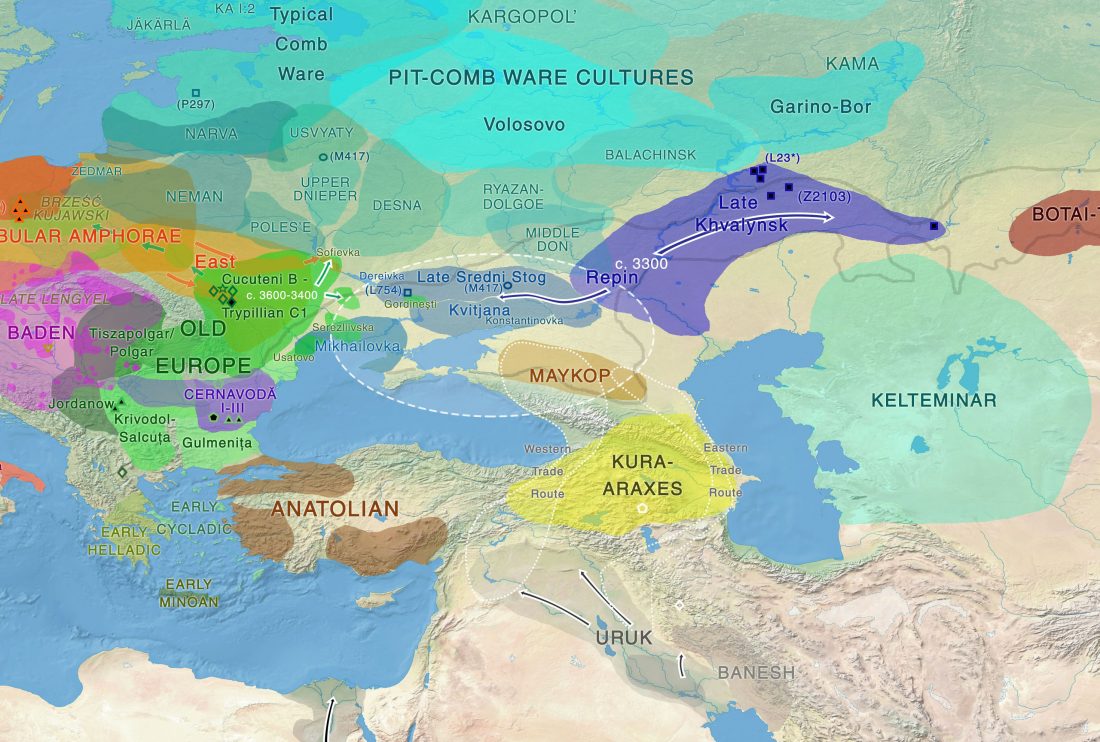
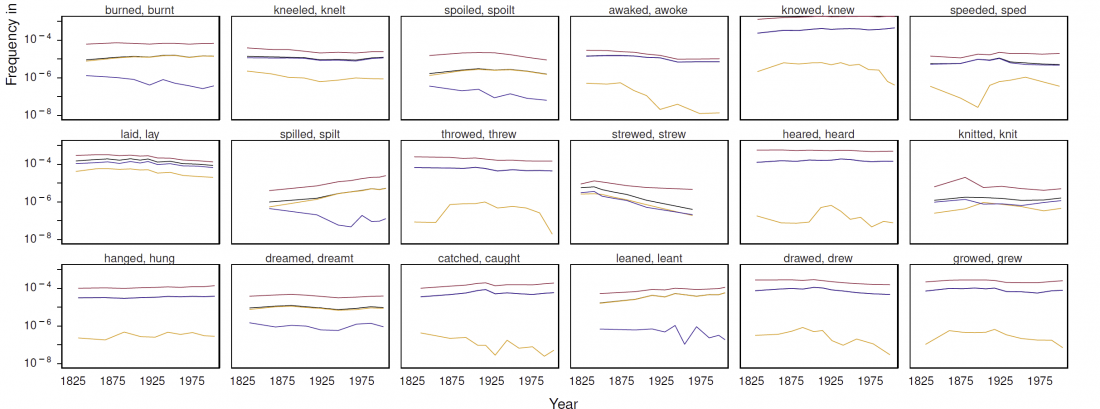

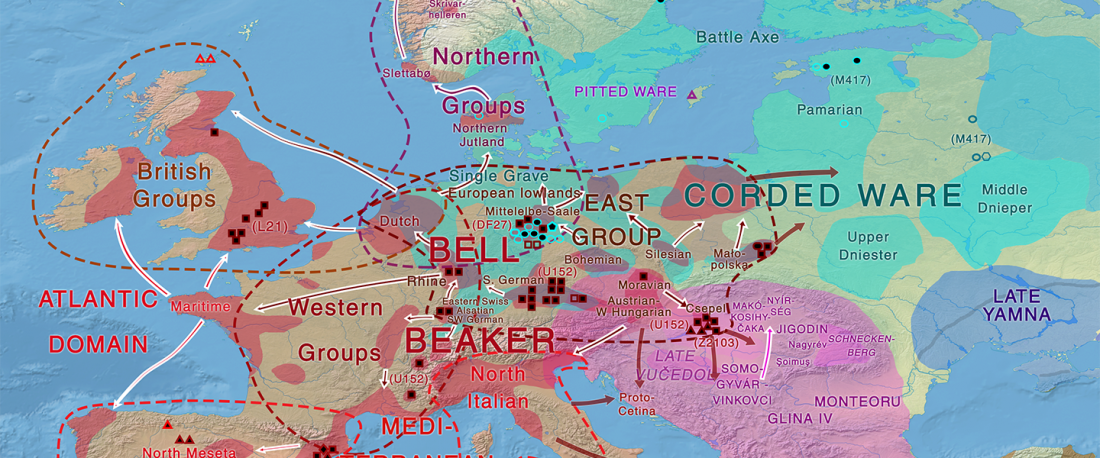
 The official
The official 
